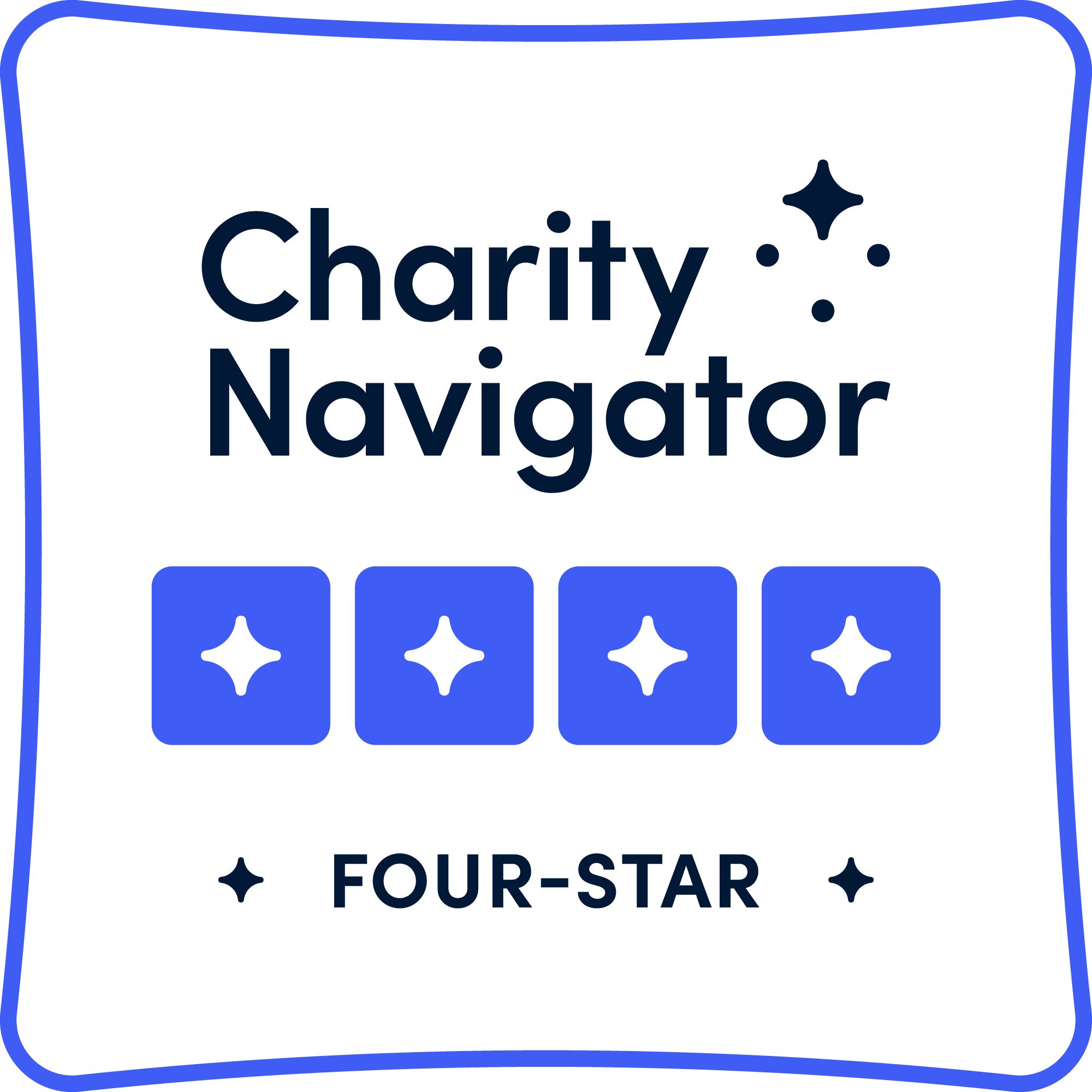Educating students about the effects of climate change helps them develop a sense of empowerment and agency. Students need to know that they have a voice and can make individual choices to help fight climate change. ESL students whose main language is not English may have a difficult time comprehending the topic of climate change. Using these resources to create climate change discussion questions for ESL students will support them with the four language domains - listening, speaking, writing, and reading - while also helping them become more proficient on the topic of climate change.


































